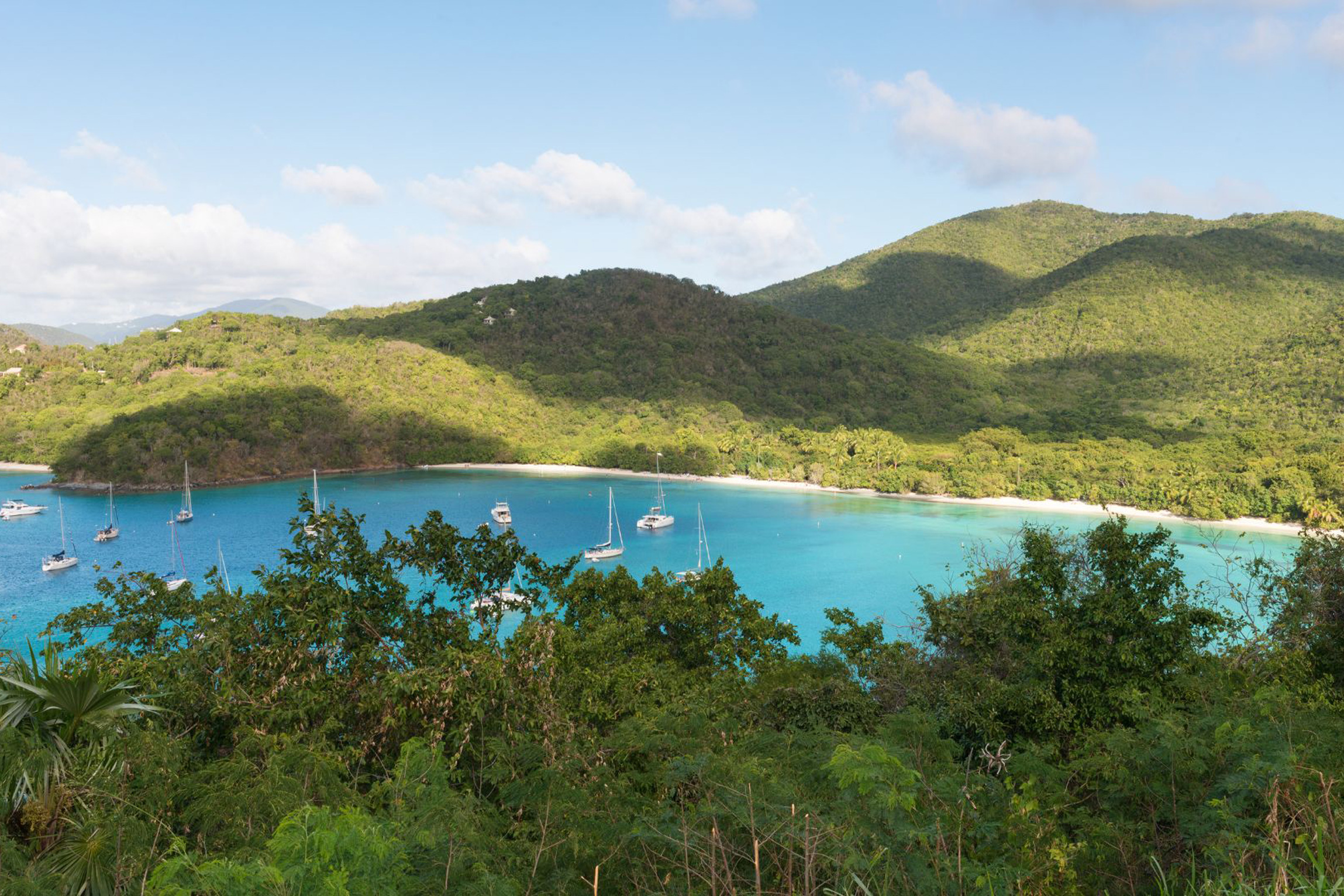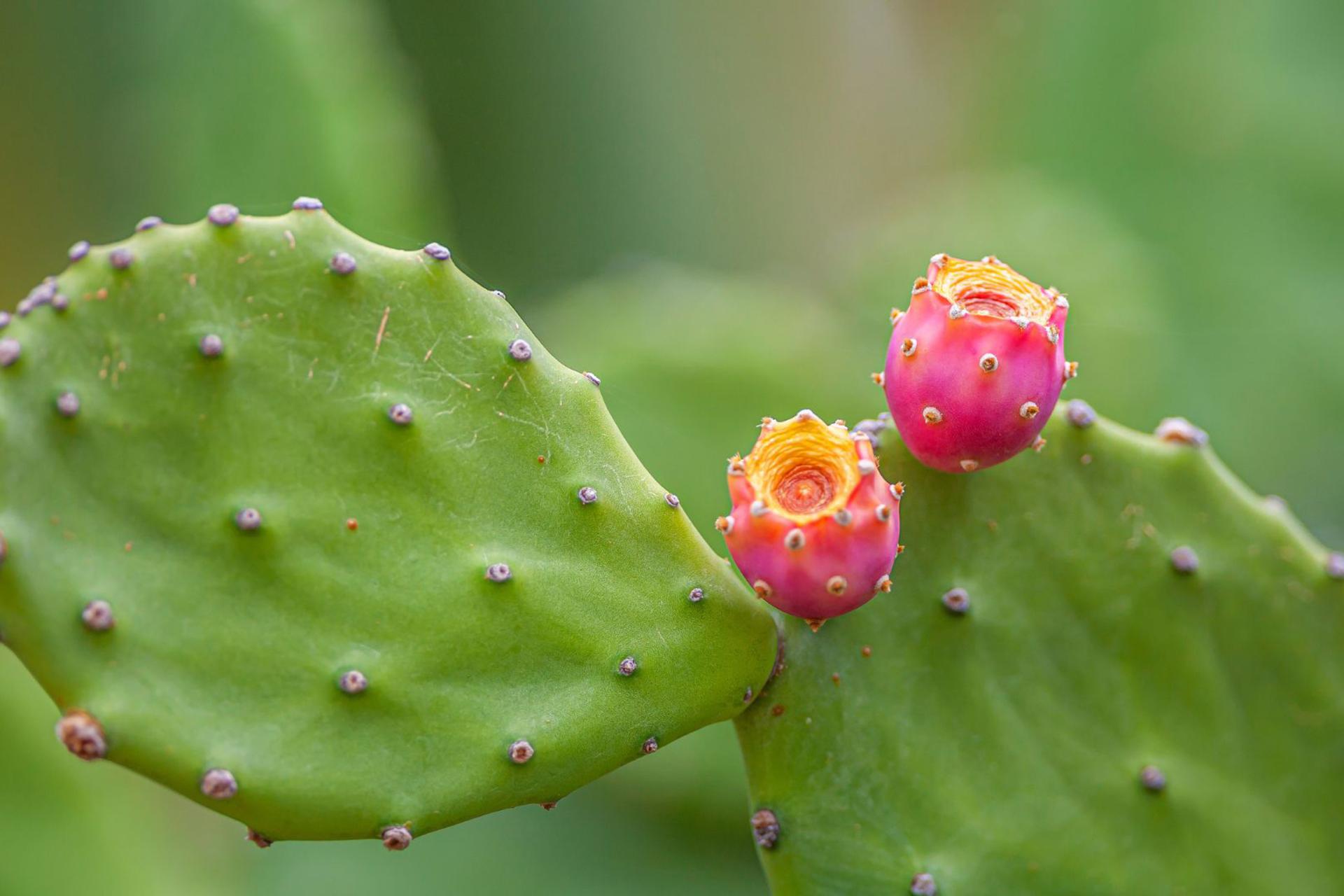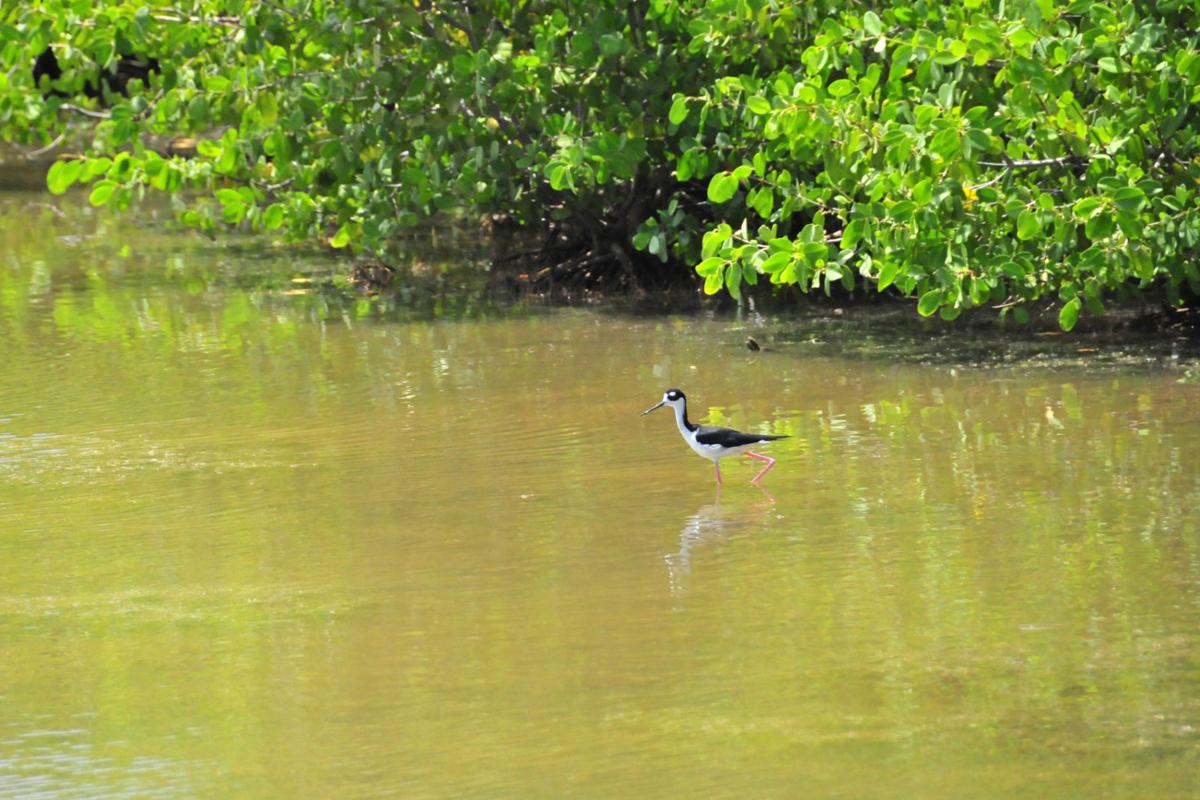Flora in St Martin
Located in the heart of the Caribbean, St Martin will amaze you not only with its beaches and waters but also with its tropical richness.
20% of the territory of St Martin is occupied by forests.
Between hills and coastal plains, you will discover a captivating flora that is sure to charm you.
Richness of biodiversity in St Martin
The plants you will most often see are seaside raisin trees, silk trees, and gum trees.
Various plant species have also been introduced to the island, such as tamarinds, coconut trees, banana trees, mango trees, bougainvilleas, and flamboyant trees.
The cactus tête à l'anglais cactus, endemic orchids, and guaiac trees are rare and protected species of St Martin.
These rare plants are subject to preservation and reintroduction programs on the island.
Flora in St Martin, captivating tropical discoveries
The St Martin nature reserve covers an area of 3,060 hectares and extends over 11 km of coastline, located in the northeastern part of the island.
The terrestrial area of the nature reserve allows you to discover steep coasts, cliffs, beaches, and mangroves.
St Martin nature reserve
Hope Estate botanical garden
In the Hope Estate valley, this botanical garden is a sanctuary for plant lovers.
Explore shaded paths lined with royal palms and giant bamboos.
Admire the tranquil ponds where lotus flowers bloom and discover an impressive collection of indigenous and exotic species.
Mangroves
The mangroves on the coasts of St Martin protect against erosion.
They serve as a shield for the ecosystem against storms and as a refuge for small mammals and fish during their breeding period.
The mangroves cover an area of 24.2 hectares in St Martin.
Tintamarre islet
Stretching over nearly 100 hectares, the uninhabited Tintamarre islet can be visited during the day, where you can discover its many attractions.
Explore the land and red cliffs, it’s a must visit place if you want to learn more about the flora of St Martin.

Flora in St Martin
Flora in St Martin, endangered species
Guaiac tree
The guaiac (Guaiacum officinale) is considered one of the most endangered species in the Lesser Antilles due to the overexploitation of its precious wood.
It’s a small, highly branched, slow growing tree with an olive green trunk. It can reach a height of between 3 and 10 meters.
This species generally lives in the Greater Antilles but is also found on some islands in the Lesser Antilles.
Highly protected in St Martin, the guaiac is at great risk of disappearing worldwide.
Cactus tête à l'anglais
The tête à l'anglais cactus is a small cactus named after the reddish cephalium that appears at the top of the plant when it matures.
This cactus is a protected species because its presence is rare and threatened.
Known in very few places in the world, its presence in St Martin is a symbol of the island's rich natural heritage.
Seaside raisin tree
The seaside raisin tree grows along the coastlines.
Resistant to salt and sea spray, its roots help stabilize the sand and prevent beach erosion.
You will enjoy the flora of St Martin during excursions on the island and also during hikes on various islets, such as Pinel islet.

Guaiac tree in St Martin
Conservation of flora in St Martin
In the face of environmental challenges, conservation initiatives are in place to protect the biodiversity of St Martin.
Efforts are being made to preserve fragile natural habitats, raise public awareness about the importance of preserving local flora, and restore degraded ecosystems.
Book your villa rental in St Martin and discover the local flora!

